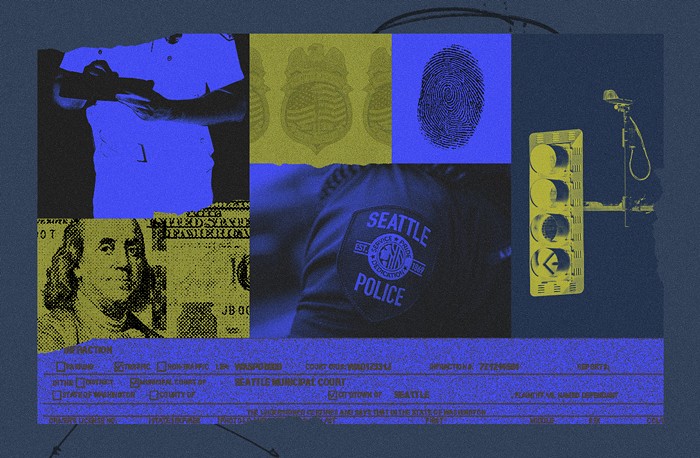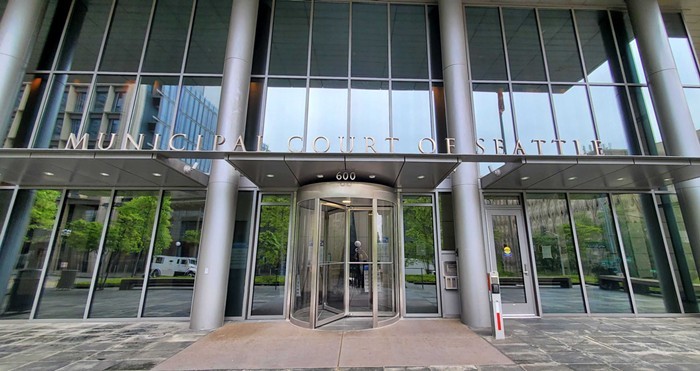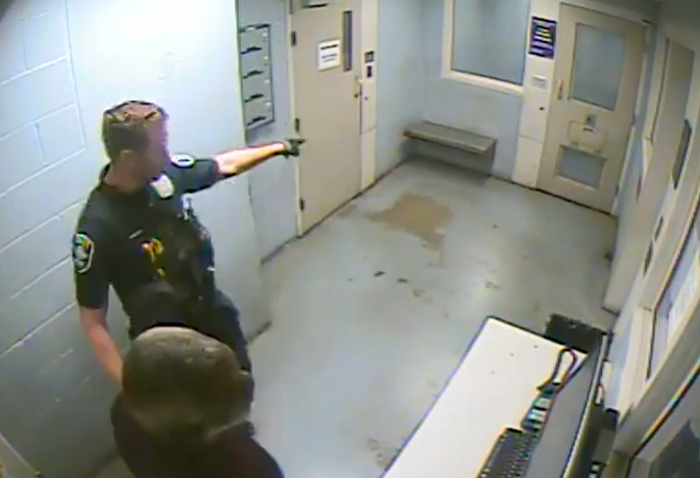Amid fanfare, fireworks, and the releasing of doves (onto a grill), the Seattle street food scene is about to officially explode. “Currently, it’s not legal for a food truck to vend from any roadway in the city—only on private property,” says Gary Johnson, a spokesman for the Department of Planning and Development, which drafted the new regulations.
But that changes on August 20, when controversial new rules, which were unanimously passed by the Seattle City Council, take effect. The new rules will allow up to two sidewalk cart vendors per city block face downtown and in commercial and industrial areas, without first getting permission from neighboring business owners. Food cart vendors—who are currently limited to selling coffee, hot dogs, and popcorn—will also be able to sell any food item short of raw meat. And within the next six months, the Seattle Department of Transportation (SDOT) will set curbside food zones, dictating where food trucks can park.
SDOT will award one-year permits through a lottery drawing for popular areas—such as Belltown and the Pike/Pine corridor. Sidewalk vendors can acquire day (6 am–8 pm) or night (8 pm–6 am) permits; food trucks will be awarded permits in four-hour blocks. Trucks will be charged $2.25 an hour for parking. SDOT will have the power to revoke permits or impound carts or trucks that don’t follow the city’s guidelines.
There are caveats to the new liberal rules: Vendors won’t be able to set up shop within 50 feet of brick-and-mortar restaurants (or within 15 feet of other business doorways). Vendors will also be responsible for picking up trash and complying with an onerous Washington State Department of Health rule that mandates customers have access to bathrooms within 200 feet—which could pose problems, thanks to a well-organized restaurant lobby that has fought hard to kill what it perceives to be new competition. If all businesses in an area refuse bathroom access, “it’s a deal breaker,” says Johnson.
But the policy was cheerleaded by most people with stomachs and business groups like the Downtown Seattle Association, which sees the measure as a delicious way to lure more pedestrians to commercial, industrial, and business areas. “This is a good entry point for small-business people, it’s good for neighborhoods, and it provides good, hopefully healthy, food in many parts of the city,” said city council member Sally Clark, who sponsored the legislation.
One wonky hitch for sidewalk vendors: While the King County health department has pledged to allow street carts to vend more than coffee, hot dogs, and popcorn, one group says it doesn’t have that authority. This group (brace yourself for the full name), the Washington State Retail Food Code Rule Revision Process Core Work Group (aka the WSRFCRRPCWG), recommends food-code policy changes to the state health department and includes more restaurant and grocery advocates than health-department officials. It says that Seattle and the county have to make their case for more food vendor options to the group in order to get its blessing and state approval.
“Local health departments have the authority to make their code more strict than the state code—what they can’t do is make the food code more lax,” argues Josh McDonald, a member of the WSRFCRRPCWG. McDonald is also a spokesman for the Washington Restaurant Association (WRA), a powerful restaurant lobby group representing 12,000 restaurants that repeatedly criticized Seattle’s new vendor rules. Multiple city sources speculate the WRA will now use this avenue to hobble vendor competition. (City representatives also approached the WSRFCRRPCWG and asked for an extension of the 200-foot bathroom rule; the group reportedly dismissed the idea after five minutes of “strident opposition” from McDonald and others, says one city source.)
“If [the city] wants a change, they have to come to us to ask us to make the state code more strict,” adds McDonald. “We have to decide whether that makes sense or not.” ![]()



















